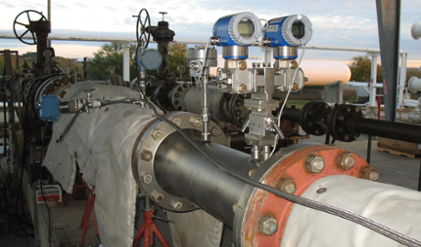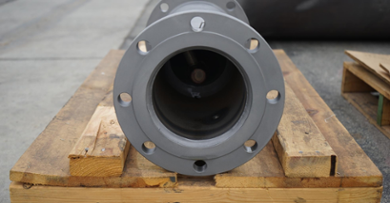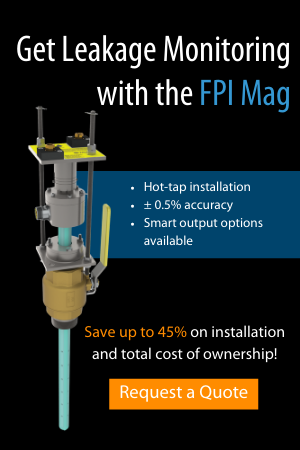3 Ways to Use Flow Data for Corporate Water Savings
Countless companies have published initiatives on water conservation and efficiency, often for compliance, financial benefits, and social responsibility. According to the EPA, water-related uses account for 19% of California’s electricity, 30% of its natural gas and 88 billion gallons of diesel fuel every year. Companies in hospitality, healthcare, and general office buildings are all working to reduce their facilities’ water usage in practice and method, but you cannot manage what you do not measure.
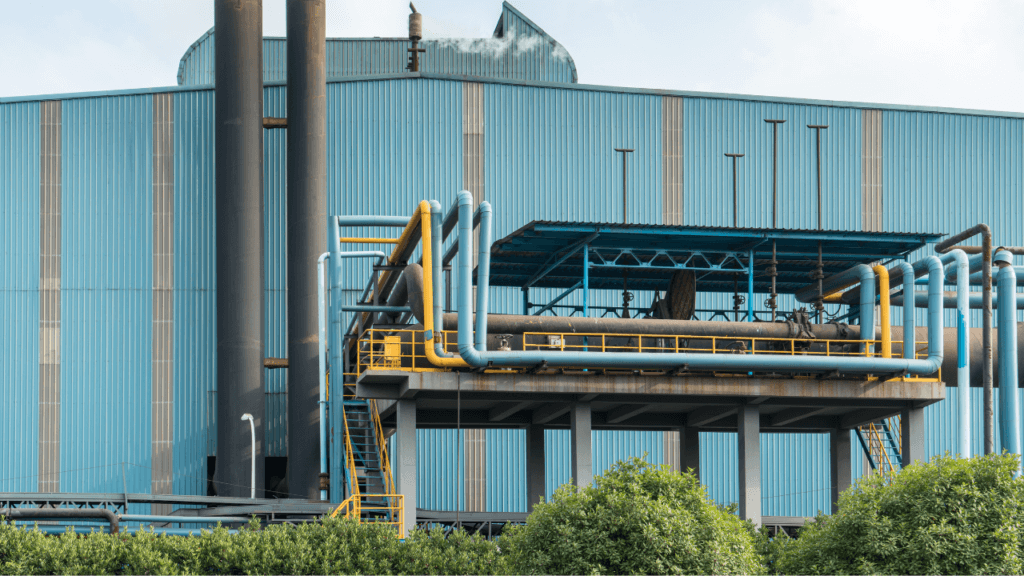
In order to quantify water savings at different points within a facility, a highly accurate and dependable flow measurement device is necessary. In fact, reliable flow data collected at regular intervals can be useful for daily operation decisions.
Here are 3 major ways that operators, technicians, and engineers can use flow measurement data to support corporate water savings initiatives.
1. Leak Detection
These days, water is money. Facilities should be metering to verify that they’re receiving what they’re paying for and using water efficiently in their manufacturing processes. Multiple metering points throughout a facility’s pipeline provides additional data points for long-term comparison, allowing operators and technicians to identify leaks, system failures, and broken equipment such as valves and pumps, and more.
For instance, if a facility is using automatic shut-off valves to manage the flow of water that’s cooling equipment, a flow meter sending data at regular intervals to a management system would indicate failure of the shut-off valve – thus indicating wasted water during a nonoperational time period.
Having the flow data from sufficient system points will provide operators and technicians with the information needed to make decisions on water losses and leak repairs – see more about economic levels of leakage and achieving zero net leakage in our technical article.
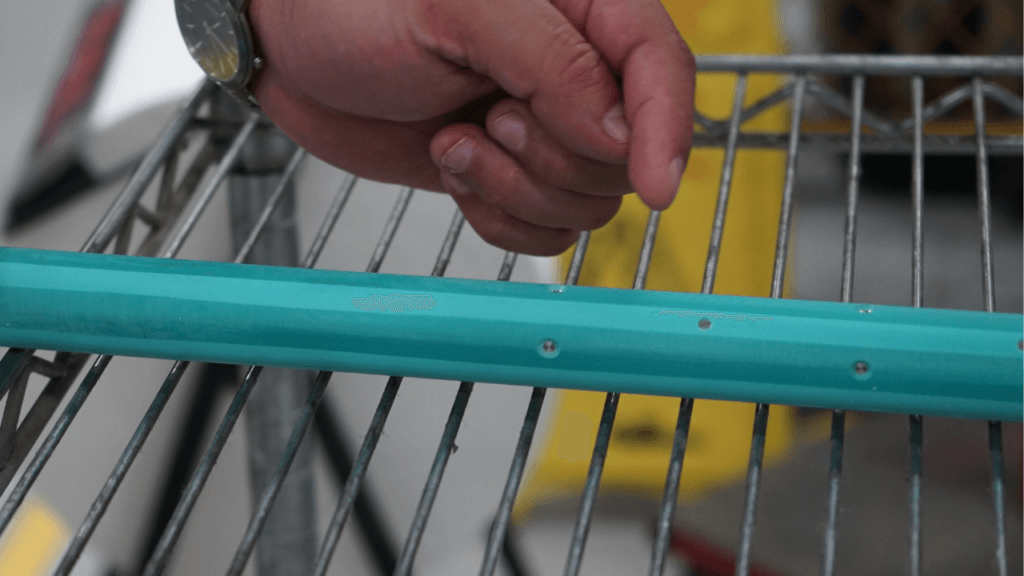
McCrometer’s FPI Mag® flow meter, the ideal solution for leakage detection.
2. Compliance
Many facilities strive to achieve LEED® certified buildings through the U.S. Green Building Council (USGBC), or the U.S. Energy Department’s ENERGY STAR® ratings, among other certifications through local and state organizations. Monitoring flow using a highly accurate flow meter provides operators with the data they need to petition the USGBC for LEED credits, as well as meet corporate water objectives.
Industrial facilities needing to report to local, state, or federal regulators such as the Environmental Protection Agency (EPA) or the U.S. Geological Society (USGA) will benefit from highly accurate, repeatable flow measurements. Facilities flowing large quantities of water will see a significant difference between a ±2% accurate meter and a ±0.2% meter, which can equate to financial savings as well as water usage and effluent levels below thresholds.
3. Reducing Water Footprint
Many companies are taking the initiative by announcing their commitment to be ‘water positive,’ a combination of water-use reduction, recycling, and investment into the local water infrastructure. Often, this involves wastewater treatment on-site for many factories and production centers, with the goal to reuse 100% of the facility’s process water and reducing the burden on the local municipality.
When the stakes are high to meet environmental and corporate initiatives involving a company’s water footprint, it’s critical to invest in valuable measurement technology. Flow data at intake, effluent, and post-wastewater treatment will allow operators and technicians to calculate efficiency and conservation.
In addition to recycling process water for reuse at facilities, companies can also quantify the amount of water they’re treating and returning to the community. Many companies in drought-plagued regions have made a commitment to return a certain percentage or amount of treated water to support local agriculture and wildlife, and require accurate, reliable flow data to quantify that water.
Flow Meters to Achieve Corporate Water Savings
While companies in a variety of industries report to different regulators, have unique conservation and sustainability objectives, and industrial water practices, they can all benefit from installing the right meter in the right location to meet their application’s needs.
A full-bore electromagnetic (mag) meter like McCrometer’s Ultra Mag®, or a full-profile insertion mag meter such as the FPI Mag® offer system integration, unprecedented accuracy and repeatability, minimal-to-no maintenance, and provide flow data for the lifetime of the industrial facility. These meters are ideal for new and retrofit projects in a variety of industrial verticals and are a cost-effective measurement solution that meets regulatory requirements.
For more information about McCrometer’s high-quality flow measurement solutions that contribute to corporate water savings, visit www.mccrometer.com/ind
Related Posts
Featured Posts
Small Package, Big Impact: The Importance of Desiccant Cartridge Maintenance
You’ve likely seen a desiccant cartridge, in the form of the small silica gel packet accompanying food products, or the activated carbon packet at the top of pharmaceutical bottles. It’s also commonly used in electronics and near sensors, especially for...
Choosing the Right Non-Contact Flow Meters: A Quick Dive into Radar and Laser Technologies
When measuring open channel flow wastewater and stormwater, non-contact flow technology is the ideal method, able to provide an accurate velocity and flow rate. Especially in the wet weather season, non-contact flow technology greatly benefits open channel...
Meeting BABA Compliance and Expanding Opportunities
Content Recorded and Published at WEFTEC in October 2024 In this episode of The Water Online Show: On Location, (now former) McCrometer President Pete Oveson dives into the company's story and recent developments shaping its future. He begins with an overview of...
Request More Information

